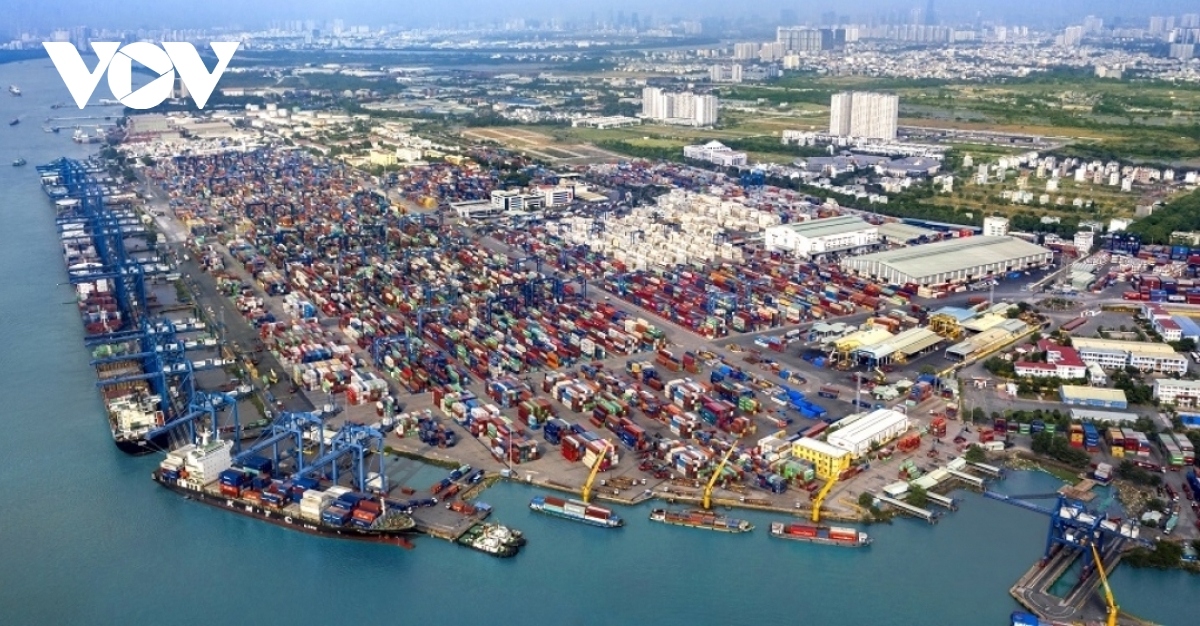Vietnamese economy records remarkable recovery
The nation recorded the highest level of disbursed foreign direct investment (FDI) over the past eight months compared to the same period over the last five years, as well as seeing a growing number of newly-established enterprises and those returning to operation.

According to the General Statistics Office (GSO) under the Ministry of Planning and Investment, most notably, import and export turnover increased, although keeping the growth rate in the context of international economic fluctuations is widely viewed as a new challenge that needs to be identified and requires greater efforts moving forward.
In the eight-month economic statistics table recently released by the GSO, the industrial production index is of interest to many experts as it continues to increase strongly and is back to the pre-pandemic growth rate of roughly 15%.
This figure also indicates the resilience of the manufacturing, industrial and agricultural sectors in helping to ensure a sustainable and stable supply and contributing to efforts to curb the sudden increase of the consumer price index (CPI).
Export turnover in August was estimated to be US$33.38 billion, bringing the overall export turnover over the past eight months to US$250.8 billion, up more than 17% on-year, mainly in the group of processed industrial products.
Furthermore, import turnover of goods in August stood at an estimated US$30.96 billion, raising the import turnover during the reviewed period to roughly US$246.84 billion, up 13.6% on-year, primarily in the group of production materials.
The trade surplus in August reached US$2.42 billion, while that of the eight-month period was estimated to be at US$3.96 billion.
Dr. Le Duy Binh, director of the Economica Vietnam Center for Economic Research, said that this trade surplus greatly supports the implementation of monetary policies, especially amid the difficult pressures faced by the country in recent times.
"In general, the growth rate took place amid the CPI soaring by only about 2.5% and core inflation by about 1.6%, which is a bright spot in the current economic situation when many major economies in the world and many other economies in the region are facing plenty of difficulties, struggling with high consumer price index and high inflation. This is a positive point for the Vietnamese economy in the current context,” Binh went on to say.
One of the other notable indicators is the business registration situation is the whole country having nearly 150,000 enterprises registered as new establishments or returning to operation, an increase of more than 30% compared to the same period last year. On average, every month, 18,700 enterprises are newly established and resume their operations.
However, the number of enterprises withdrawing from the market was 104,300 enterprises, representing an increase of 22%. On average, 13,000 businesses withdraw from the market every month.
Experts believe that, in addition to the positive growth rate in general, it can be viewed as necessary to clearly analyse and take a deep look at this issue. The fact is that many firms were forced to withdraw from the market because they failed to meet the requirements of the economy or were unable to endure the difficulties experienced since the pandemic. This indicates that the recovery pace of growth is not sustainable, especially in the new context.
According to details given by experts, inflation pressure from now until the end of the year remains very large. The lag of inflation will therefore focus on the remaining quarter of the year and the whole following year. The management of fiscal and monetary policies will require special attention in terms of the management of petrol and oil prices as it continues to be an issue.
Moreover, experts note that all changes in the labour market or changes in consumer behaviour must be monitored to ensure that growth remains high without affecting the major balances of the national economy.
When the macro economy is stable in the final months of the year, it will be a premise for strong and sustainable growth enjoyed by the whole economy in 2023.
All of this therefore requires more flexible policies alongside continuing reforms even in the midst of economic recovery, while each economic sector, each citizen, and each enterprise should step up greater efforts in this process, experts emphasized.

